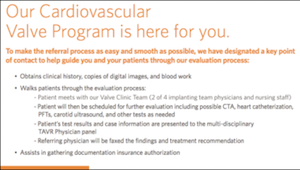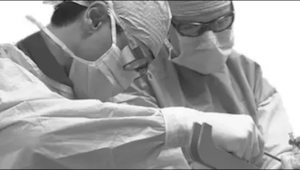Structural Heart Disease
Physicians at John Muir Health were among the first in Northern California to offer patients new minimally invasive treatment options including transcatheter aortic valve replacement (TAVR) to treat aortic stenosis and MitraClip for patients suffering from mitral regurgitation (MR).




